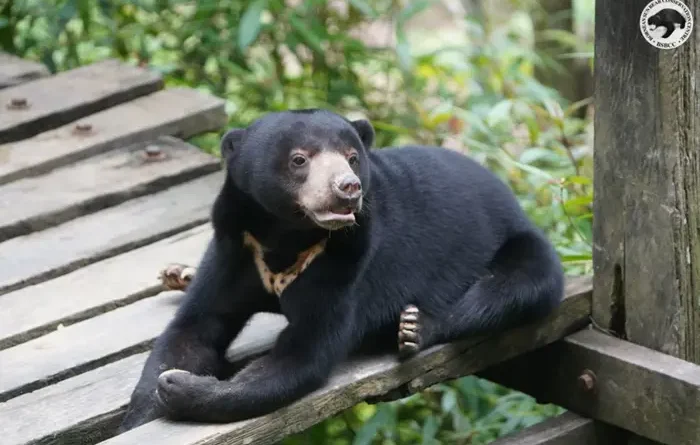Using sun bear as VMY2026 mascot a win for conservation, says expert
KOTA KINABALU: With the Malayan sun bear named the official mascot for Visit Malaysia Year 2026 (VMY2026), conservationist Dr Wong Siew Te sees the decision as a long-awaited recognition for the species he has spent decades fighting to protect.
As the founder of the Bornean Sun Bear Conservation Centre (BSBCC) — the only facility of its kind in the world — he hopes this will spark greater awareness and support for the world’s smallest and least known bear species.
“This is a huge step forward. Sun bears have always been overshadowed by other wildlife, and many people don’t even know they exist.
“Having them as the mascot for VMY2026 means more people will finally learn about them and the threats they face,” said Wong.
The Malayan sun bear was chosen as the official mascot for VMY2026 in January this year, with the introduction of mascots Wira and Manja aimed at promoting wildlife conservation.
The move was widely welcomed by conservationists, who see it as an opportunity to raise awareness about the challenges faced by sun bears and their habitats.
Wong, a Malaysian wildlife biologist, has dedicated more than 30 years to the study and protection of sun bears.
He founded the BSBCC in Sepilok, Sandakan, in 2008 in collaboration with the Sabah Wildlife Department and Sabah Forestry Department.
The centre rescues and rehabilitates sun bears while educating the public about their role in the ecosystem.
The BSBCC currently houses 40 rescued sun bears, many of which were orphaned or kept as illegal pets.
Since its establishment, the centre has successfully rehabilitated and released 12 bears back into the wild.
Over the years, more than 70 sun bears have been rescued, with each undergoing extensive rehabilitation before being assessed for release.
“These bears belong in the wild, not in captivity but habitat destruction, poaching, and the illegal pet trade continue to threaten their survival,” Wong said.
“This campaign could help shed light on these issues and encourage stronger protection for the species.”
Sun bears, found across Southeast Asia — including Malaysia, Thailand, Indonesia, and Myanmar — are listed as a vulnerable species under the International Union for Conservation of Nature (IUCN) Red List.
They are also fully protected under Malaysia’s wildlife laws, making it illegal to hunt, capture, or keep them as pets.
Beyond conservation, Wong believes the VMY2026 campaign could also boost Sabah’s ecotourism sector, as more visitors may be drawn to the state to learn about sun bears at the BSBCC.
Visitor data over the past decade shows a clear link between ecotourism and conservation funding.
In 2019, before the pandemic, visitor numbers peaked at over 84,000, but the numbers plummeted to just 18,281 in 2020.
Since reopening, visitor numbers have been steadily recovering, with 79,362 recorded in 2024.
“The return of tourists is crucial to sustaining conservation efforts, as ticket sales and visitor contributions help fund the care, rehabilitation, and eventual release of rescued sun bears.
“I hope the exposure from VMY2026 will further drive ecotourism, ensuring the centre has the resources to continue protecting Malaysia’s only bear species,” Wong said.
He expressed his gratitude to Tourism Malaysia for selecting the sun bear as the mascot, calling it a significant step in recognising the species as part of Malaysia’s identity.
“The scientific name of the Malayan sun bear is Helarctos malayanus — ‘Hela’ means sun, ‘arctos’ means bear, and ‘malayanus’ signifies its origin in Malaya.
“More than 200 years ago, the first sun bear identified by scientists was found in Malaya. This species has always been part of our natural heritage,” he said.
He hopes that Malaysians will take greater pride in the sun bear and work towards ensuring its survival for generations to come.
“As Malaysians, we must be proud of our wildlife and take responsibility for protecting them. Sun bears belong in our forests, not in captivity, and we must ensure they continue to thrive in the wild,” he added.













Leave a Reply